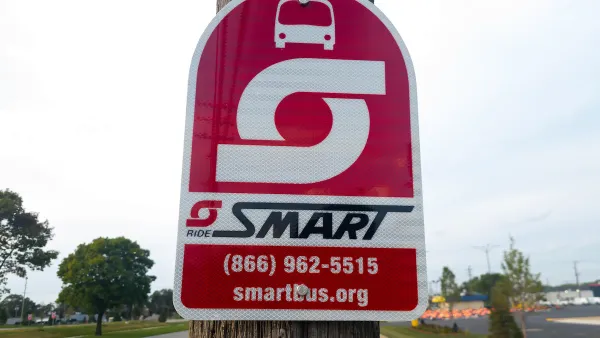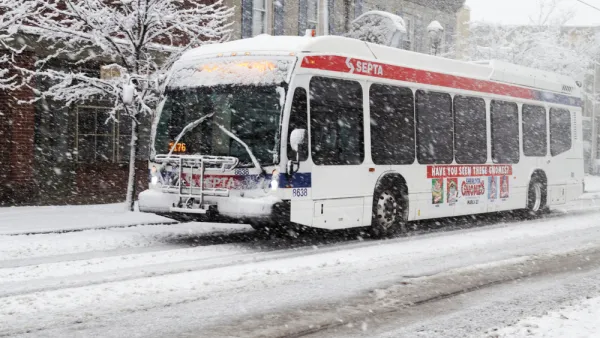Seoul simplified its routes and kept its key bus lanes clear of traffic to revitalize it's transit system.

The current ridership woes of cities in the United States are not unique in history, and American cities would do well to learn from the example of Seoul, Andy Furillo writes for Mobility Labs. "In 2002, average bus loads were less than half what they were in 1989. Private operators were going bankrupt, and the government subsidies required to keep remaining bus services running had multiplied by 10 in just three years," Furillo reports.
But rather than cutting transit, the city sought to improve the bus service. Making routes simpler—adding branch systems, regulating bus operators so they couldn't offer redundant routes and investing in a massive public information campaign. The city's mayor, Lee Myung-bak, "personally attended nearly 30 briefings for Seoul’s 16,000 bus drivers to emphasize his plans to protect their rights, increase their wages, and improve their workplace environment, helping ensure the labor community was on board with the reforms," Furillo writes.
Seoul also invested in keeping its bus lanes clear of other traffic. "On some corridors, bus speeds doubled almost immediately after the overhaul, and travel times improved for cars as well," Furillo reports. Unsurprisingly, faster buses led to ridership growth that continued even after the overhaul was a year old.
FULL STORY: What American cities can learn from Seoul’s 2004 bus redesign

National Parks Layoffs Will Cause Communities to Lose Billions
Thousands of essential park workers were laid off this week, just before the busy spring break season.

Retro-silient?: America’s First “Eco-burb,” The Woodlands Turns 50
A master-planned community north of Houston offers lessons on green infrastructure and resilient design, but falls short of its founder’s lofty affordability and walkability goals.

Delivering for America Plan Will Downgrade Mail Service in at Least 49.5 Percent of Zip Codes
Republican and Democrat lawmakers criticize the plan for its disproportionate negative impact on rural communities.

Test News Post 1
This is a summary

Test News Headline 46
Test for the image on the front page.

Balancing Bombs and Butterflies: How the National Guard Protects a Rare Species
The National Guard at Fort Indiantown Gap uses GIS technology and land management strategies to balance military training with conservation efforts, ensuring the survival of the rare eastern regal fritillary butterfly.
Urban Design for Planners 1: Software Tools
This six-course series explores essential urban design concepts using open source software and equips planners with the tools they need to participate fully in the urban design process.
Planning for Universal Design
Learn the tools for implementing Universal Design in planning regulations.
EMC Planning Group, Inc.
Planetizen
Planetizen
Mpact (formerly Rail~Volution)
Great Falls Development Authority, Inc.
HUDs Office of Policy Development and Research
NYU Wagner Graduate School of Public Service





























